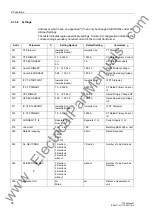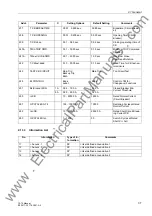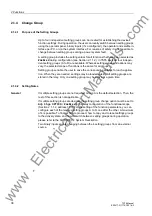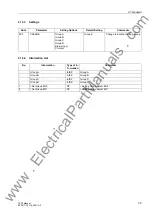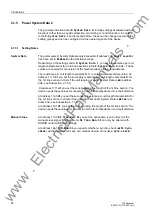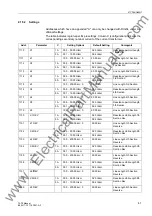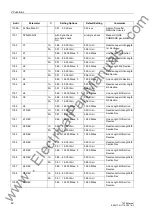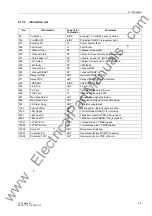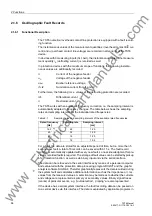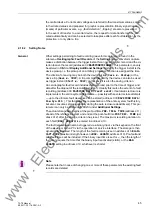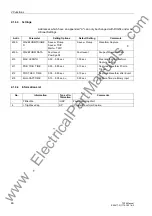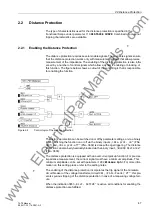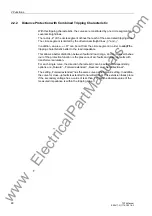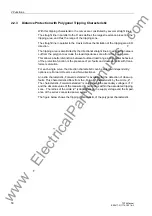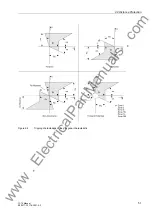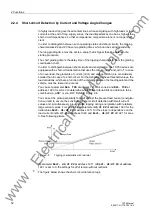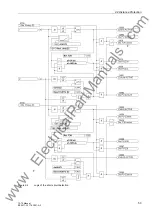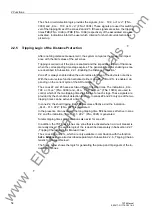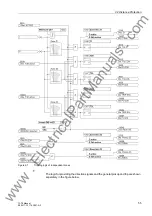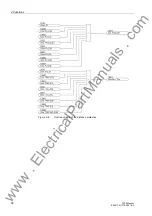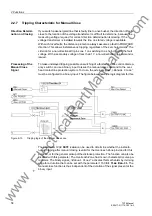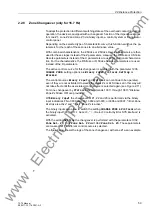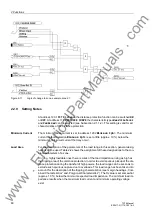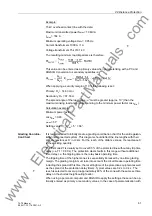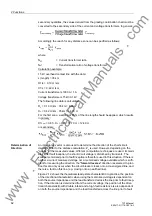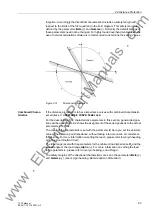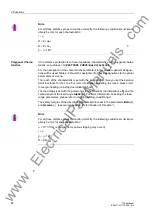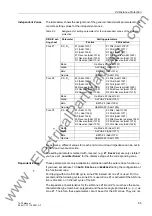
2 Functions
50
7ST6 Manual
E50417-G1176-C251-A3
2.2.3
Distance Protection with Polygonal Tripping Characteristic
With this tripping characteristic, the curves are constituted by several straight lines.
The straight line in parallel to the R axis defines the largest reactance present in the
tripping area, and thus the range of the tripping zone.
The straight line in parallel to the X axis defines the limitation of the tripping area in R
direction.
The tripping area is also limited by the directional straight lines. In addition, an area is
cut from the polygon to exclude the load impedances area from the tripping area.
This allows a better distinction between fault and load range, and a better behaviour
of the protection function is the presence of arc faults and close-up faults with trans-
former saturation.
For each single curve, the direction characteristic can be selected independently;
options are Forward, Reverse and Non-directional.
An extra characteristic „Forward extended“ is available for the detection of close-up
faults. This characteristic differs from the „Forward“ characteristic by the circle „Z“.
The characteristic „Forward extended“ is only active if the secondary voltage is <1 V
and the absolute value of the measured impedance is within the associated tripping
zone. The radius of the circle „Z“ is dependent on the supply voltage and the imped-
ance of the series-connected power system.
The figure below shows the tripping characteristic of the polygonal characteristic.
www
. ElectricalPartManuals
. com

